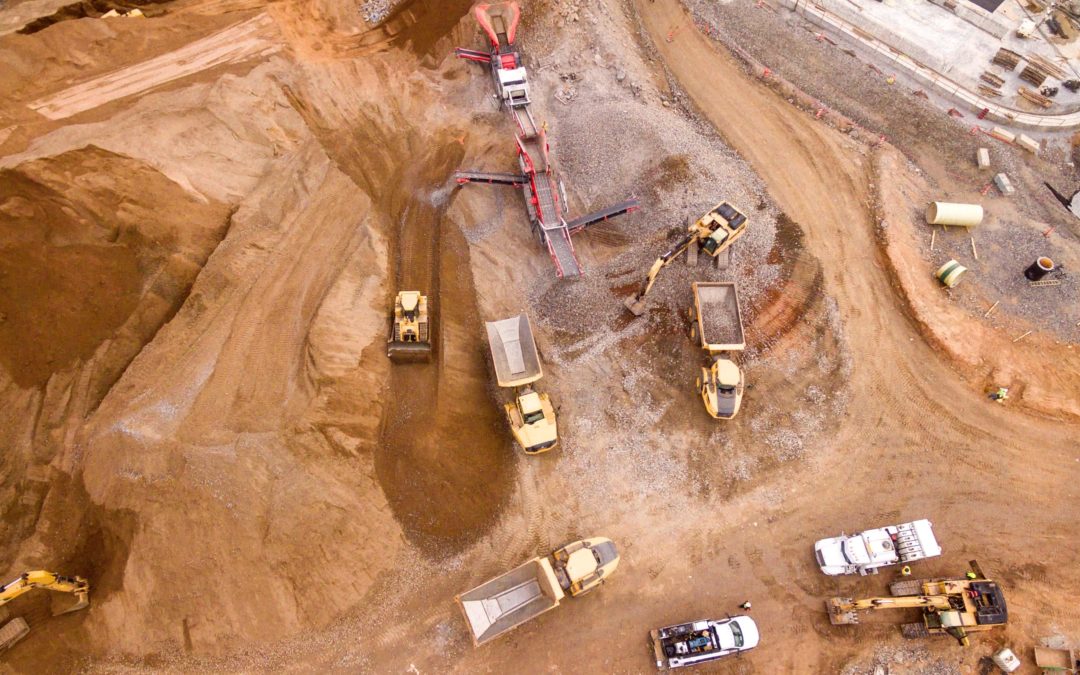Accurate knowledge of the quantity of raw materials consumed by an economy is a pre-requisite for any circular economy policy. From this perspective the ad-hoc indicator is the material footprint. This is currently calculated using a methodology developed by Eurostat for EU member states. However, two French researchers propose an alternative methodology that better takes into account the structure of a country’s production system and offers a more detailed breakdown. Let’s take a closer look:
Material footprint measures both the quantity of materials contained within the products consumed (direct flows) and the quantity of materials employed in productive processes (indirect flows), irrespective of whether these are domestically sourced or imported. It therefore constitutes a more complete indicator than simply accounting for direct material flows.
In the study published at the end of November (1), the authors based their findings on monetary data from the national accounts produced by INSEE (the French National Institute of Statistics and Economic Studies) in the form of symmetric input-output tables; data for domestic physical extraction of materials (French material flow accounts); and data for the material content of imports (Eurostat). All data was for 2013.
According to the authors’ calculations, France’s material footprint in 2013 was 898 Mt across all materials, equivalent to 13.7 tonnes per inhabitant. While this figure is not vastly different from the total per inhabitant obtained using the Eurostat methodology (13.3 tonnes), the new methodology makes it possible to break down material footprint by the end product to which it relates. According to the authors, the French footprint is largely dominated by non-metallic minerals (378 Mt, 42% of the total), followed by biomass (244 Mt, 25%) and fossil fuels (208 Mt, 23%), with metals accounting for 10% of the total at 88 Mt.
Footprint by material category
The new methodology allows more in-depth analysis by breaking down the footprint by major category of materials and products. Using this breakdown, we can see that the footprint for non-metallic minerals results for the most part from construction investment (51%). 47% of the biomass footprint stems from consumption of food products and 21% from consumption of farm produce. 25% of the fossil fuel footprint relates to consumption of products derived from petroleum refining, the rest being distributed across the other product categories. It should be noted that energy products and transport services – which have the highest fossil fuel usage – act as intermediate sources of consumption for most other products. Finally, one third of the metals footprint comes from manufacturing industry linked to metals and minerals (machinery, vehicles, etc.) and over a quarter from construction.
Footprint by product category
With 27% of the total, construction has the largest material footprint due primarily to sand and gravel consumption. This is followed by agricultural and food products at 25% (cereals and forage crops). Products manufactured from fossil fuels or metals account for 17% of the total. Commercial services represent about 20%, the breakdown by type of material varying with the service provided (high usage of biomass in accommodation and catering, high use of fossil fuels in transport, etc.). Finally, non-commercial services make up 7% of the whole.

How much material will construction and renovation consume by 2050?
At the end of December ADEME (the French Environment and Energy Management Agency) published two prospective studies of material consumption, covering new build construction and low-energy renovation, for the period 2015-2050. These show that new build construction will likely consume 1.3 bn tonnes of materials*, 17 times greater than the 74 Mt estimated for renovation. Building a detached house, for example, consumes on average 1.2 tonnes of material per m2 – almost 40 times more than the renovation of a similar area. Likewise, construction of a multi-occupancy housing block or nursing home consumes on average 1.6 tonnes per m2, nearly 80 times more than would similar renovation. This leads ADEME to conclude that “given the pressures on resources (sand, etc.), together with the issues of artificialisation of land related to new build and the comparatively lower greenhouse gas emissions associated with renovation, these two reports offer a further argument in favor of renovation over new build, which should be limited to only that which is absolutely necessary”. These studies also strongly emphasize the need to really develop the use of recycled materials within the sector.
* 85% of this is accounted for by aggregates, sand and cement alone.
1) “L’empreinte matières de l’économie française : une analyse par matière et par catégorie de produits” (“The material footprint of the French economy: an analysis by material and by product category”), K. Mohkam (CGDD) and O. Simon (Insee), n° G2019/11, November 2019.




